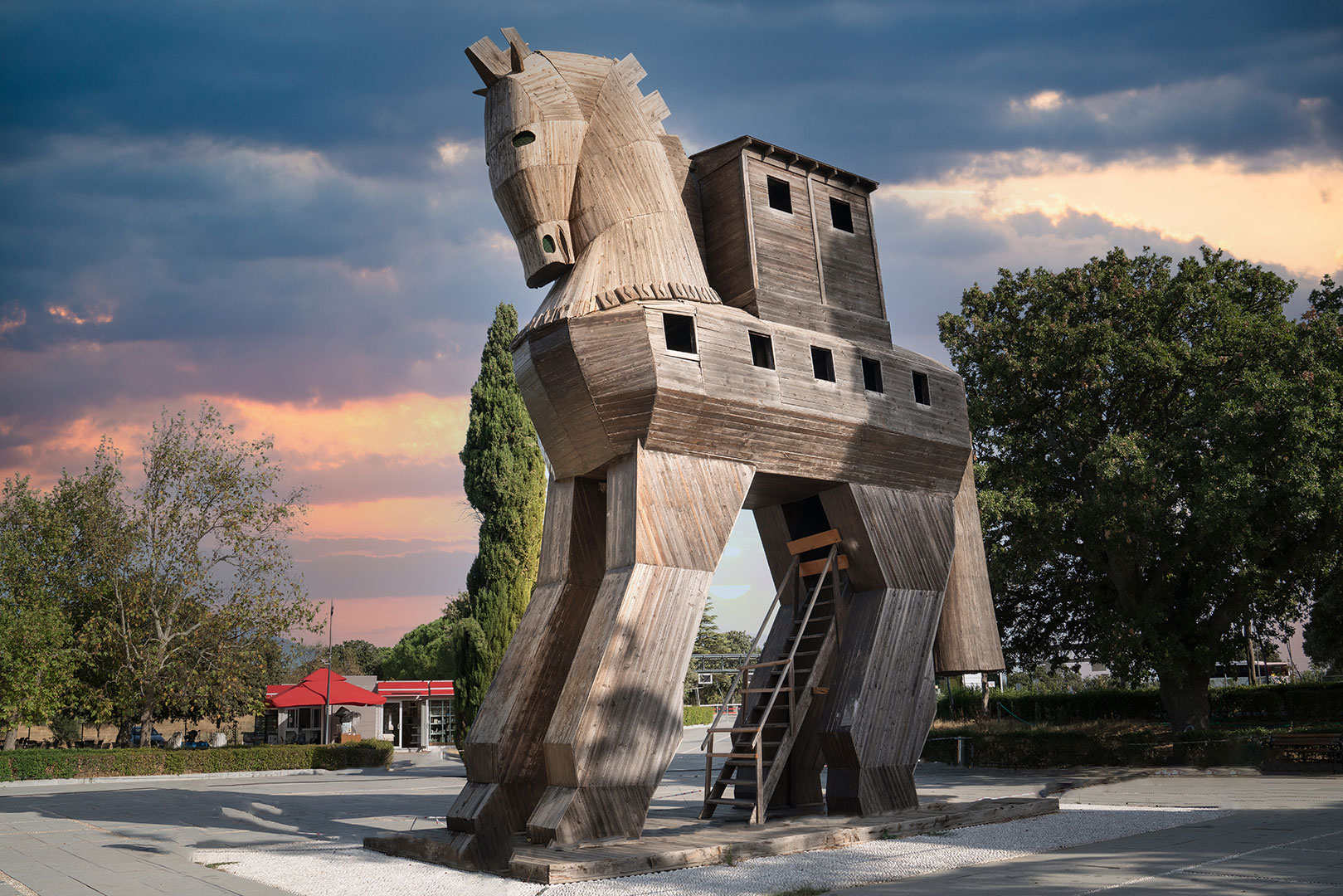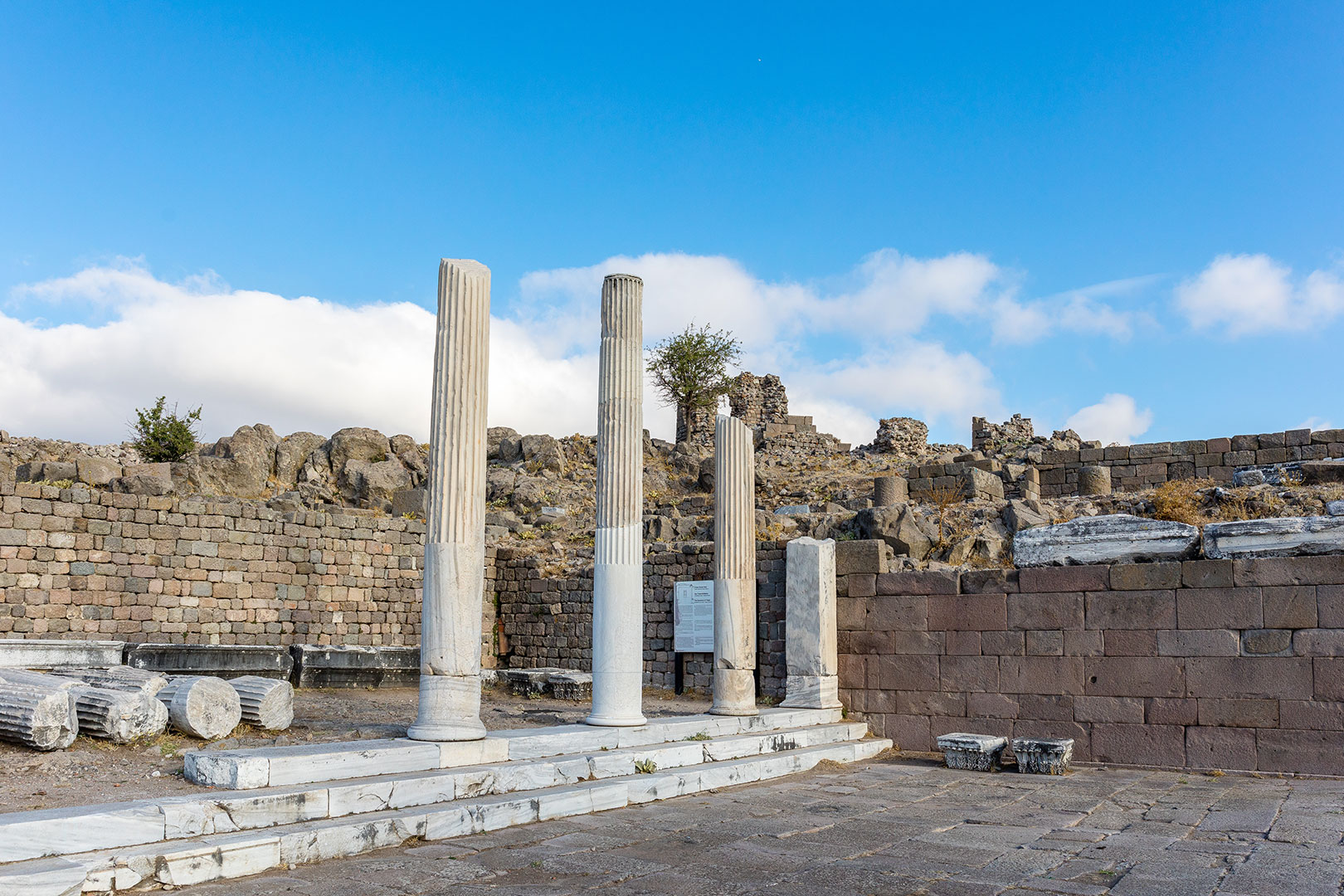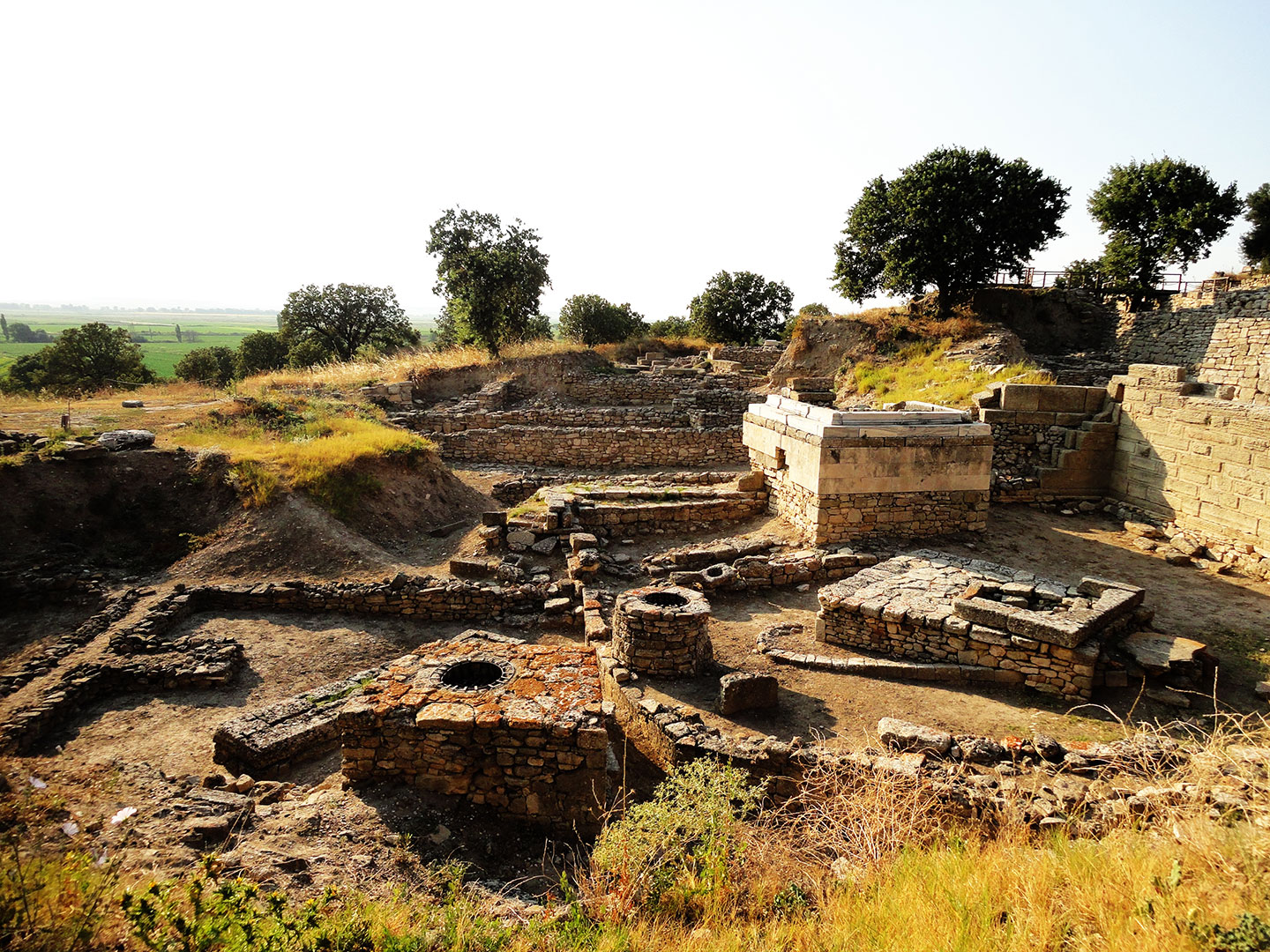

destinations
Ancient City of Troy
The archaeological site of Troy consists of nine major layers, the earliest dating from the Early Bronze Age, the latest from the Eastern Roman era. The archaeological site is open to the public as a tourist destination, and was added to the UNESCO World Heritage list in 1998. It is a thrill just from seeing Troy’s ancient walls, climbing around the ruins, and gazing across the Troad (the plains of Troy) towards the waters of the Dardanelles and the hills of Gallipoli beyond. Just enjoy the passing thorough in between settlement and time layers of the ancient site of Troy. These ruins have legends to whisper to you.
Archaeological Site of Troy, Çanakkale
UNESCO World Heritage Site 1998
Troy, or Troia as it is mentioned in Homer’s epic Iliad, is located at the entrance of the Dardanelles, 30 km west of Çanakkale. The strait is the backdrop of the legend of Hero and Leander, the celebrated lovers of Greek mythology. It also holds a significant place in history. In 480 BC, the Persian army of Xerxes I crossed the strait on a pontoon bridge, and Alexander the Great did the same in 334 BC on his expedition against Persia. The strait has always been of great strategic and economic importance as the gateway to İstanbul and the Black Sea from the Mediterranean.
“The Winds Brought Wealth to Troia”. Indeed, the strong northern winds of this area, made it a challenge to cross the Dardanelles, and the lower countercurrent under the Dardanelles made it even worse. Sailors discovered that placing a deep net under the boat allowed them to catch this countercurrent and cross the strait. In any case, boats had to wait in the harbors of Troy, and as it was right on the crossroads, trade made the city extremely wealthy. Prosperity gave rise to cultural wealth, and excavations have confirmed a wealth comparable to that described in the Iliad.
Excavations have identified a sequence of nine principal strata representing nine periods. Another layer was discovered in 2019, dating Troy back to 3600 BC. Troy VIIa, which was destroyed by fire sometime about the 13th century BC, is probably the city of King Priam described in Homer’s Iliad. Homer immortalized Troy in the stories of King Priam, Hector, Paris, and the beautiful Helen. A symbolic wooden Trojan horse commemorates the legendary war. Recent excavations have left no doubt that Troy was an Anatolian city. The discovery of a Chalcolithic mound on the Dardanelles closed the historical gap, and the Luwian seal discovered has proved the city’s Luwian connection. The Hittite texts talk about a treaty between the Hittites and Prince Alakşandu of Wiluşa who is identified as Alexander of Ilios, better known as Paris of Troy, in the Iliad. The Greek Troy was called “Wilusa/Taurisa” during the Bronze Age. Troy also officially claimed ancestry from the Roman Empire through Aeneas. Today, the city walls of Troy VI stand as a reminder of the great Homeric city that resisted the Greeks.
The Temple of Athena, the central megaron complex of Troy II, the Palace of Priam from Troy VI, the Sanctuary of Demeter, the Odeon and the nearby Bouleuterion from the Roman period are still in relatively good condition. The new museum at Troy houses precious items from the site and many of the treasures of Troy. The treasures which were taken away by Heinrich Schliemann will hopefully one day return to their rightful home. On September 30, 1996, the Turkish government declared the site of Troy and its immediate surroundings a “National Historical Park” and the site was added to the UNESCO World Heritage List in 1998.



